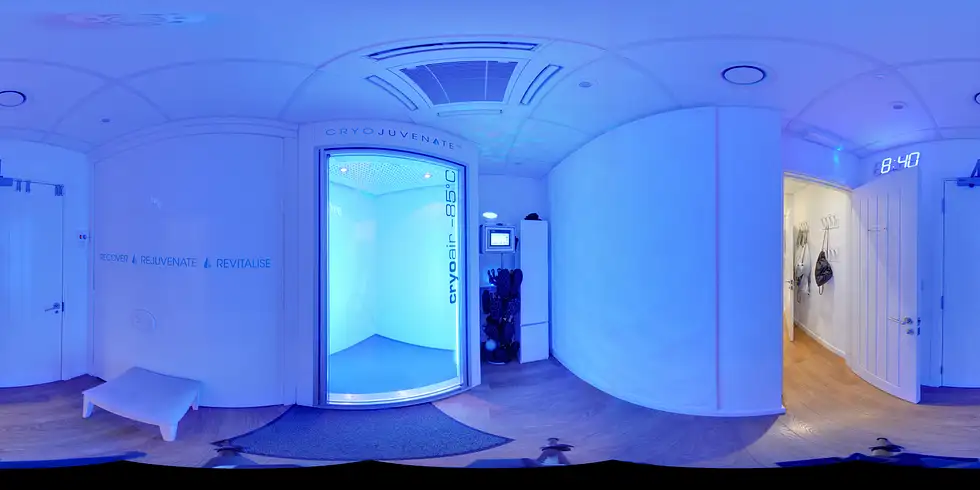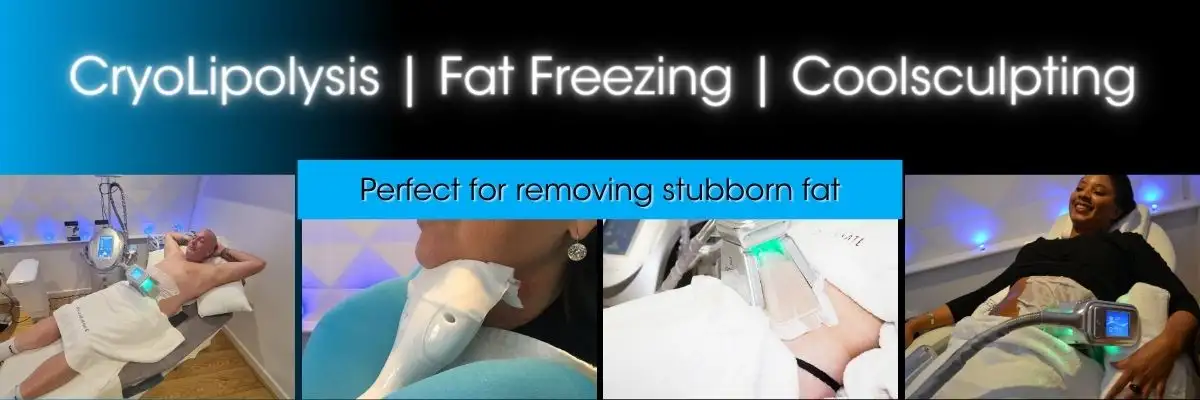

How Cryotherapy can help to ease the symptoms of eczema
Eczema is a general term used for rash-like conditions wherein the skin becomes inflamed, itchy, rough, cracks, and may also form blisters. It’s among the most common skin conditions and affects 31.6 million people in the US, the prevalence of which peaks in early childhood.
Even though it is not contagious, the majority of individuals may have eczema for the rest of their lives; flare-ups only happen sporadically, and patients must deal with the symptoms for several weeks even after it is treated. There is still no cure for this condition, although there are a lot of treatments that could ease its symptoms.
Among the usual treatments are oral medication, ointments, and antibiotics. However, these treatments do not always work and may even cause unwanted side effects. But there is a rising solution to this problem: cryotherapy.
Fat Freezing Vs EMsculpt, what’s the difference?
Fat Freezing (Cryolipolysis, LipoFreeze, known also as Coolsculpting) and EMS Medisculp (known also as EMSculpt Body Sculpting) are two very different treatments but both target stubborn and unwanted body fat. Both treatments have similar aims but are delivered in different ways using completely different machinery and technology.
Fat Freezing uses cups into which the fat is vacuumed (sucked), there is the process of heating and freezing during the 45-minute treatment (results are subtle but permanent over a period of 6-12 weeks). The aim is to induce ‘fat cell death, studies show that the fat loss can be permanent through the lymphatic system (Cryolipolysis for fat reduction and body contouring: safety and efficacy of current treatment paradigms)
Whereas the EMS Medisculp (EMsculpt) uses paddles that are secured onto the body part (surface of the skin), the EMsculpt uses High-Intensity Focused Electromagnetic Fitness (FEMHO for short) that stimulates 100% of the muscle by means of electromagnetic pulses (in comparison, a push-up or sit-up in fitness uses only 40% of the muscle). Results can be realised after just 2-4 weeks after a course of 30-minute sessions (if you are the right candidate for the treatment). Both are un-invasive treatments, and both come with a minimum level of discomfort but you can carry on your day as usual straight afterward.
Both treatments can be extremely effective, but a consultation is always necessary to determine what treatment regime would work best for each individual client. Often, a combination of both treatments gives the best results! In our review, both treatment modalities will be explained to give you a better understanding of what options would be best for you.
